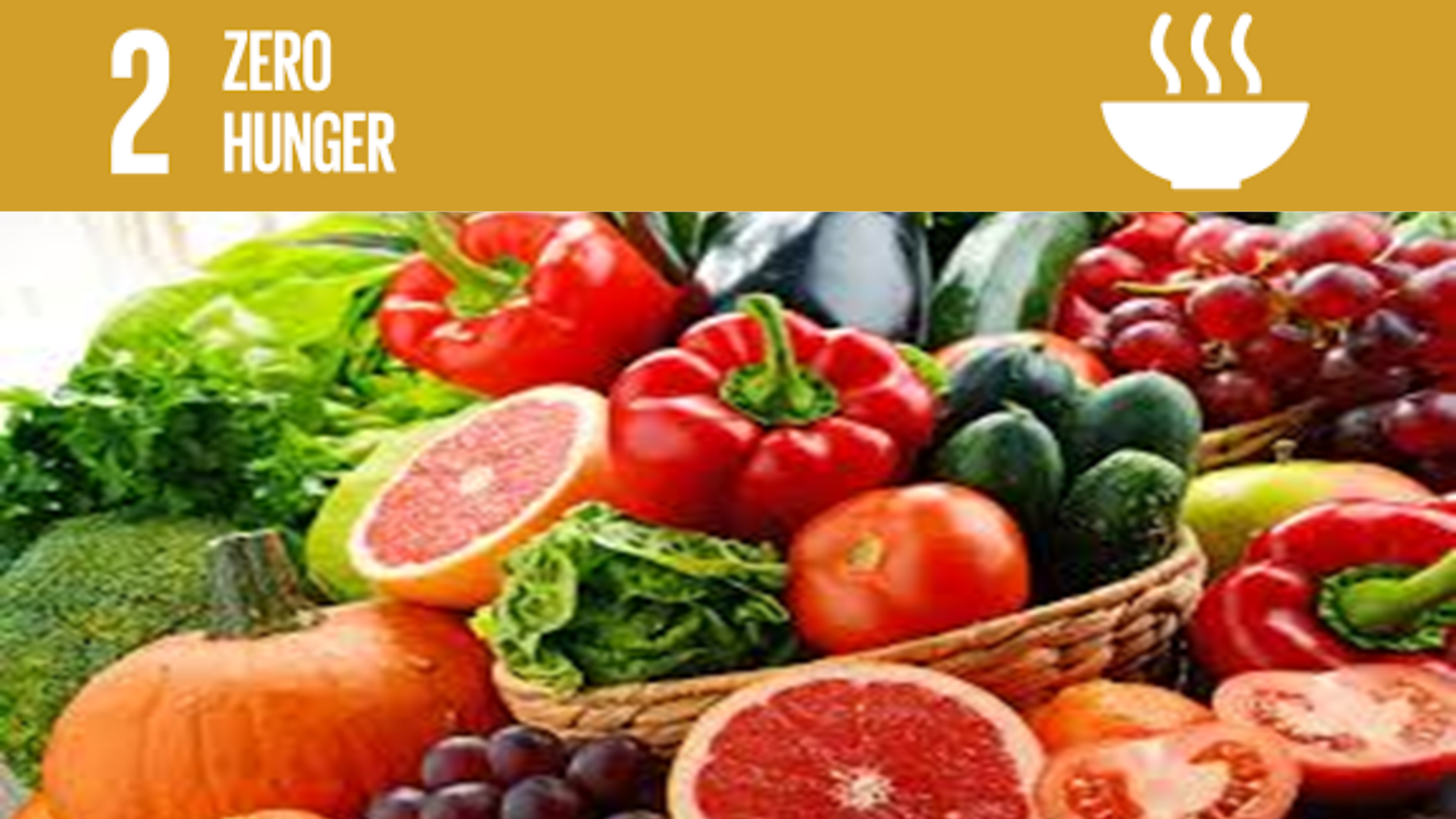🍚 SDG 2: Zero Hunger
Goal:
End hunger, achieve food security and improved nutrition, and promote sustainable agriculture.
🌐 Why SDG 2 Matters
Hunger and malnutrition are major barriers to sustainable development. Despite progress, millions of people still lack access to enough safe, nutritious food.
-
🌍 Around 735 million people faced hunger in 2023 — that's about 1 in 11 people globally.
-
👶 Nearly 45 million children suffer from wasting, the most life-threatening form of malnutrition.
-
🌾 One-third of all food produced globally is wasted, even as millions go hungry.
-
🚨 Climate change, conflict, and economic instability are worsening food insecurity.
-
🌱 Malnutrition weakens immune systems, reduces productivity, and stunts children’s development — with long-term social and economic consequences.
-
⚠️ Achieving zero hunger is not just about food quantity, but nutrition quality, sustainable food systems, and equitable access.
🧭 Key Targets of SDG 2
| Target | Description | Target Year |
|---|---|---|
| 2.1 | End hunger and ensure access to safe, nutritious, and sufficient food for all people year-round | 2030 |
| 2.2 | End all forms of malnutrition, including stunting and wasting in children | 2030 |
| 2.3 | Double the agricultural productivity and incomes of small-scale food producers | 2030 |
| 2.4 | Ensure sustainable food production systems and resilient agricultural practices | 2030 |
| 2.5 | Maintain genetic diversity of seeds, cultivated plants, and animals | 2020+ |
| 2.a | Increase investment in rural infrastructure, agricultural research, and technology | Ongoing |
| 2.b | Correct and prevent trade restrictions and distortions in world agricultural markets | Ongoing |
| 2.c | Ensure proper functioning of food commodity markets and limit extreme food price volatility | Ongoing |
📊 Progress and Challenges
Progress:
-
🌾 Advances in agricultural technology and farming techniques.
-
🍽️ Increased global awareness of food waste reduction.
-
📈 Growth in nutrition programs targeting children, especially in schools.
-
🌍 More countries investing in climate-resilient agriculture.
Challenges:
-
🍽️ Global hunger rose sharply during COVID-19 and continues due to conflict and climate shocks.
-
💸 Rising food prices have made healthy diets unaffordable for over 3 billion people.
-
🌪️ Extreme weather (droughts, floods) is reducing crop yields in vulnerable regions.
-
🧑🌾 Small-scale farmers — who produce most of the world’s food — often lack access to land, credit, or markets.
-
🧒 Persistent child malnutrition, especially in Sub-Saharan Africa and South Asia.
-
💰 Inadequate funding and coordination in nutrition and food system reforms.
🧠 Who Is Involved?
-
Governments: Design food and agriculture policies, nutrition programs, and subsidies.
-
UN Agencies: FAO, WFP, IFAD, UNICEF play key roles in global hunger relief and agricultural development.
-
NGOs and Humanitarian Organizations: Deliver emergency food aid, school feeding, and rural development programs.
-
Farmers and Agribusiness: Central to increasing sustainable food production.
-
Scientists and Researchers: Develop drought-resistant crops, sustainable practices, and nutrition solutions.
-
Consumers (You!): Influence the food system through dietary choices, reducing food waste, and supporting sustainable agriculture.
🌐 International Agreements Supporting SDG 2
-
The Rome Declaration on Nutrition (2014) – A global commitment to eliminate malnutrition in all forms.
-
UN Decade of Family Farming (2019–2028) – Supports small-scale producers and family farms.
-
CFS (Committee on World Food Security) – Coordinates policy to ensure food security for all.
-
Global Agriculture and Food Security Program (GAFSP) – Provides funding for sustainable agriculture in low-income countries.
🧩 How You Can Help
-
🥦 Eat responsibly – choose local, seasonal, and plant-based foods when possible.
-
❌ Reduce food waste at home, school, or work — buy only what you need.
-
📢 Advocate for food justice — support policies that ensure access to affordable, nutritious food for all.
-
🧺 Support small farmers and ethical brands at local markets.
-
💸 Donate to hunger relief organizations like the World Food Programme or local food banks.
-
📚 Educate others about food security and nutrition in your community.
-
👩🌾 Volunteer in community gardens, school feeding programs, or food drives.

